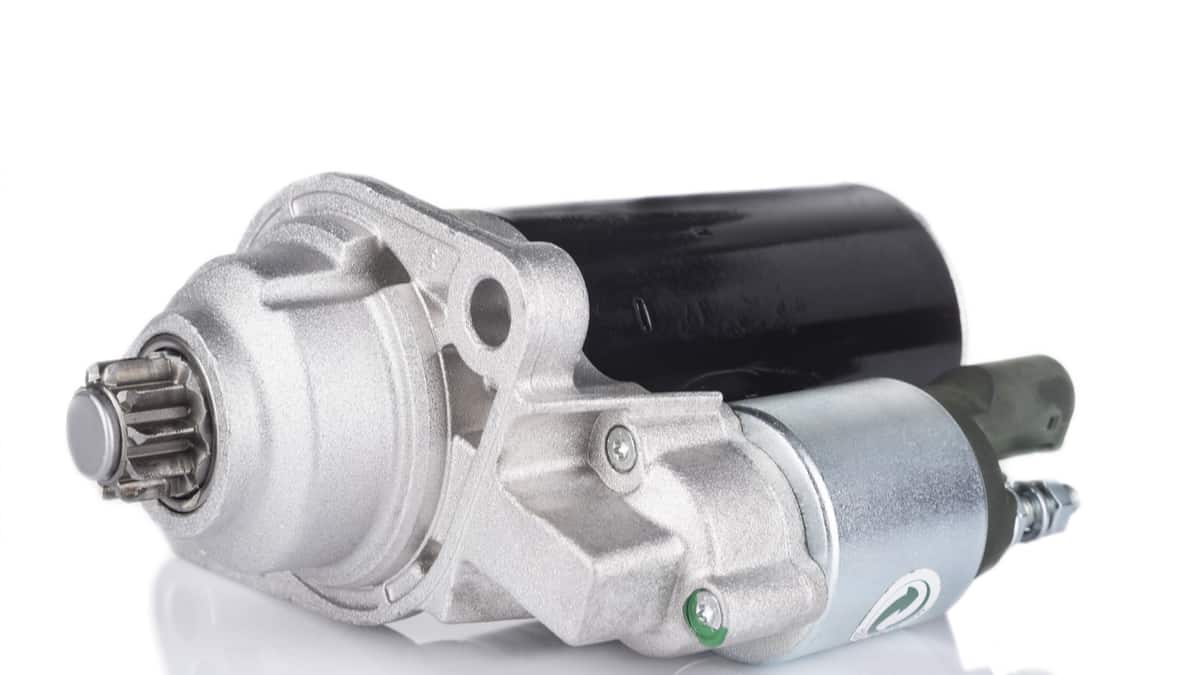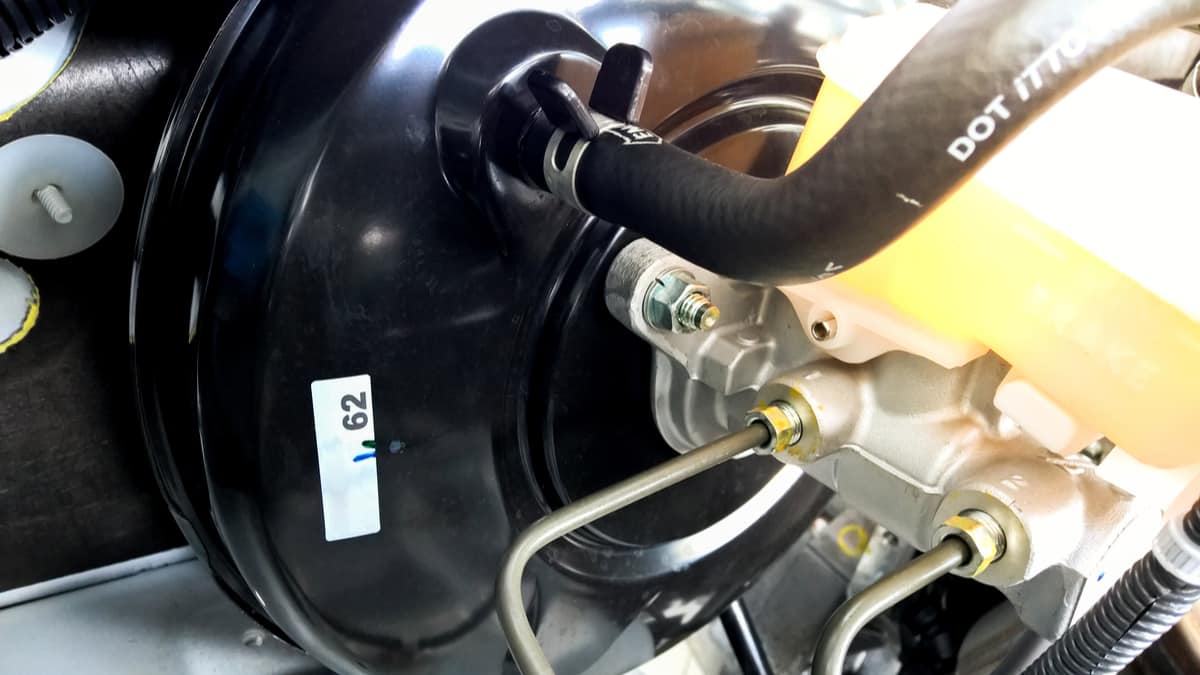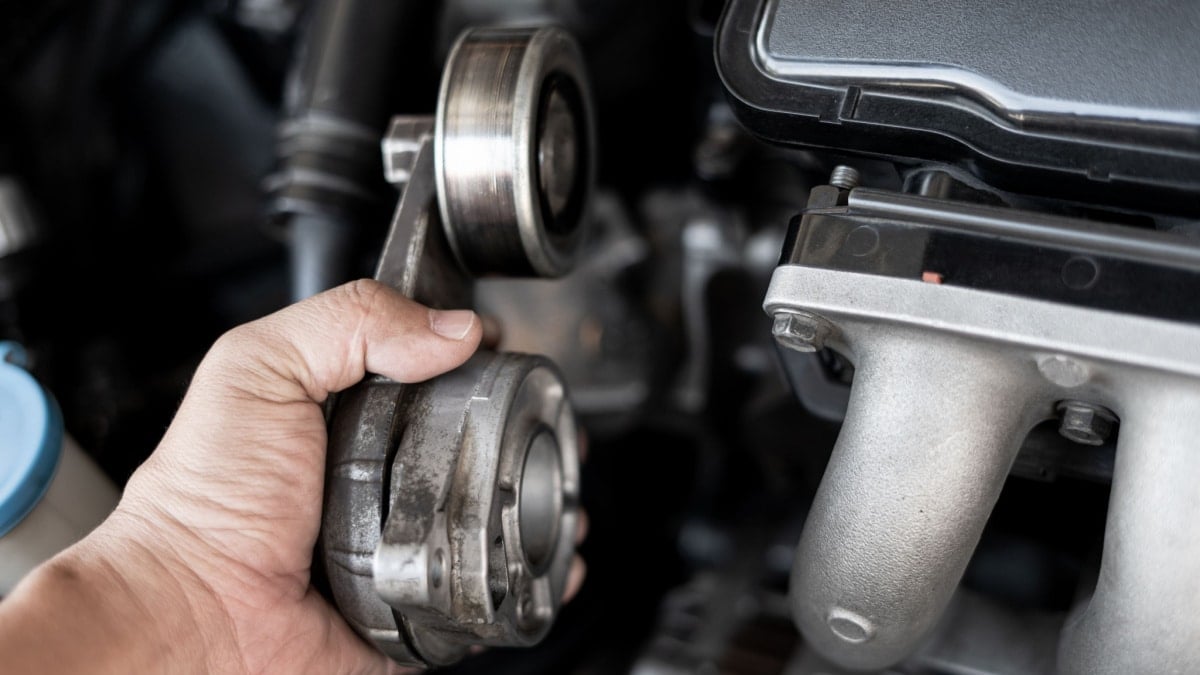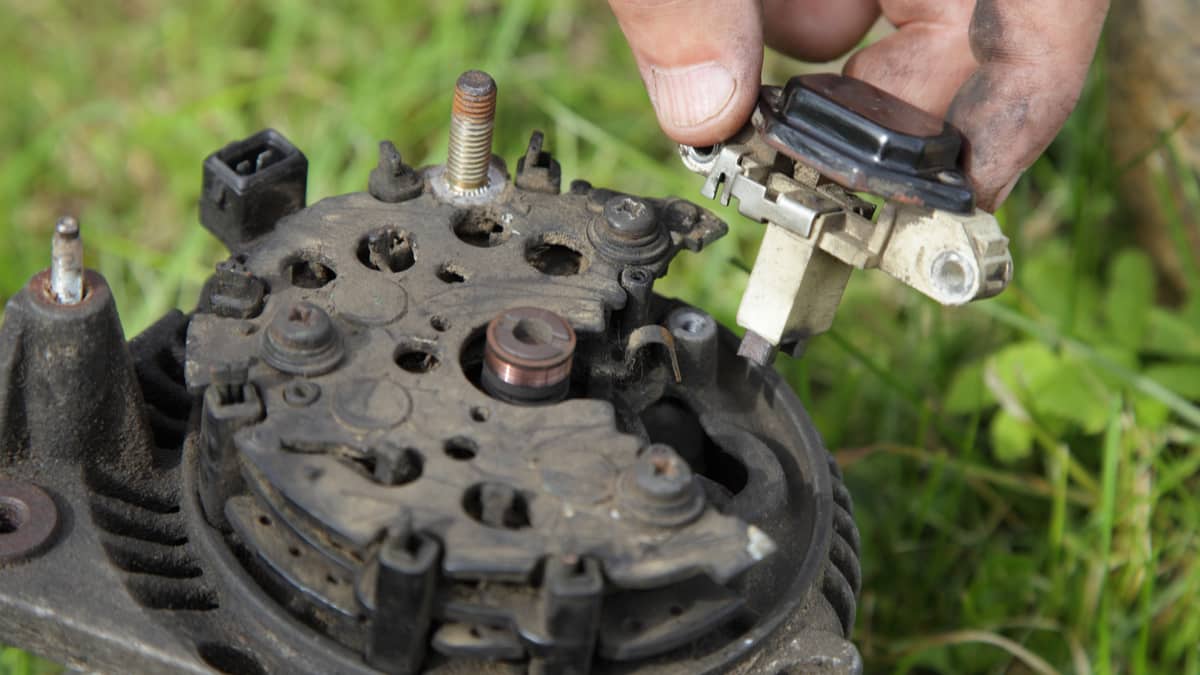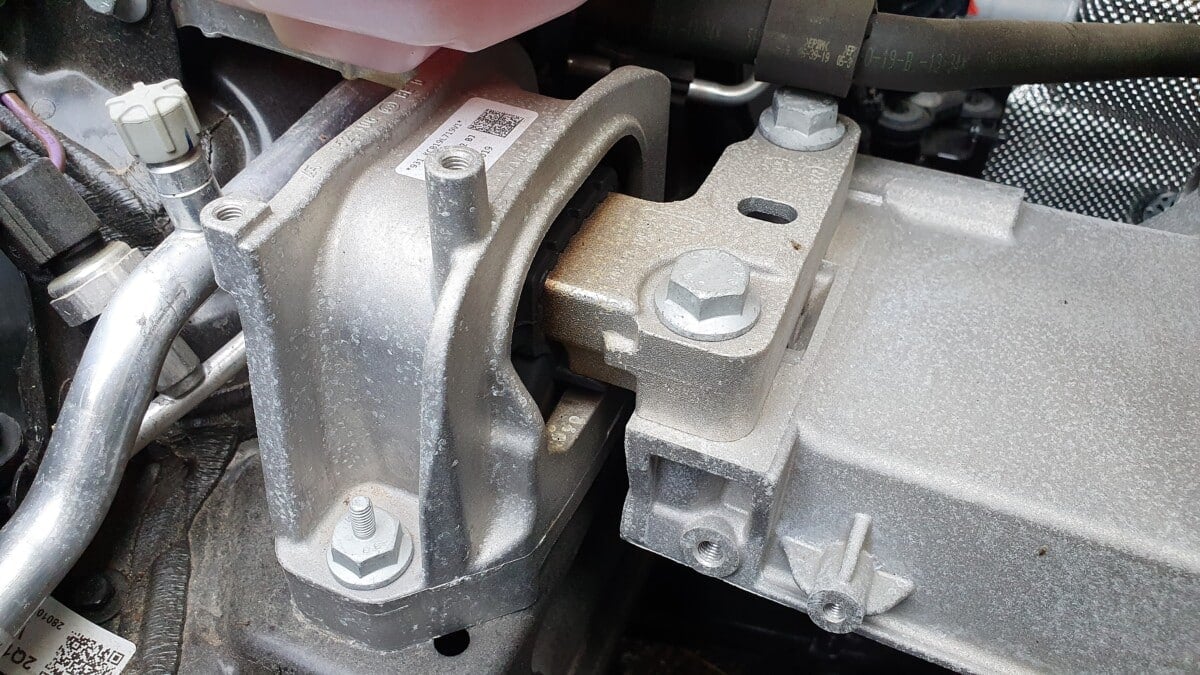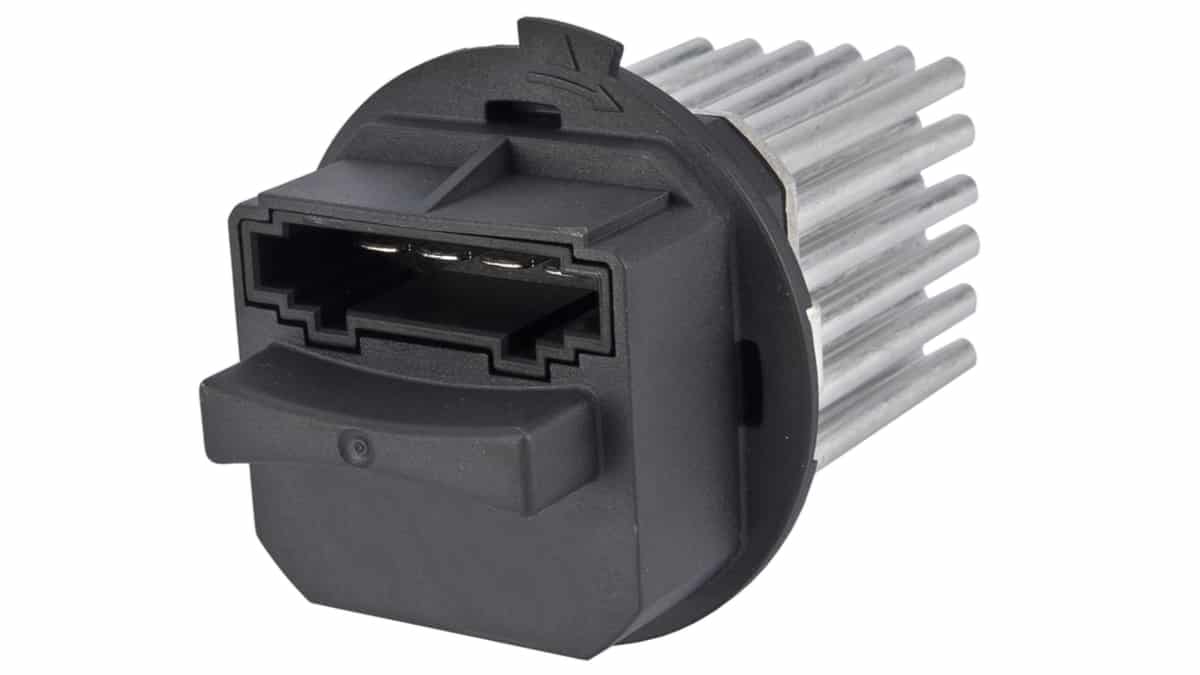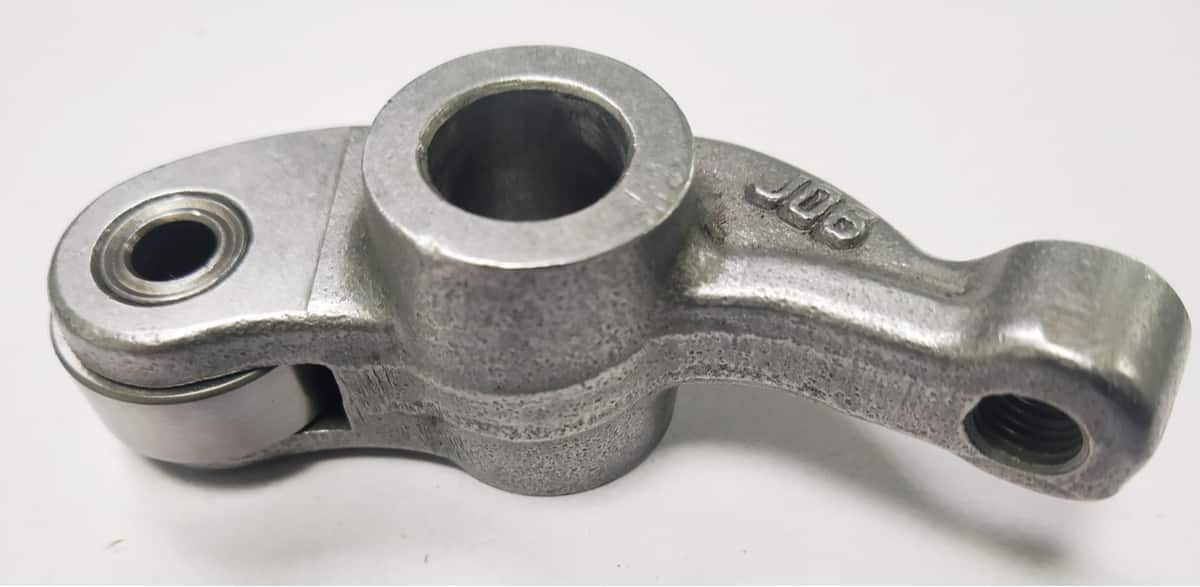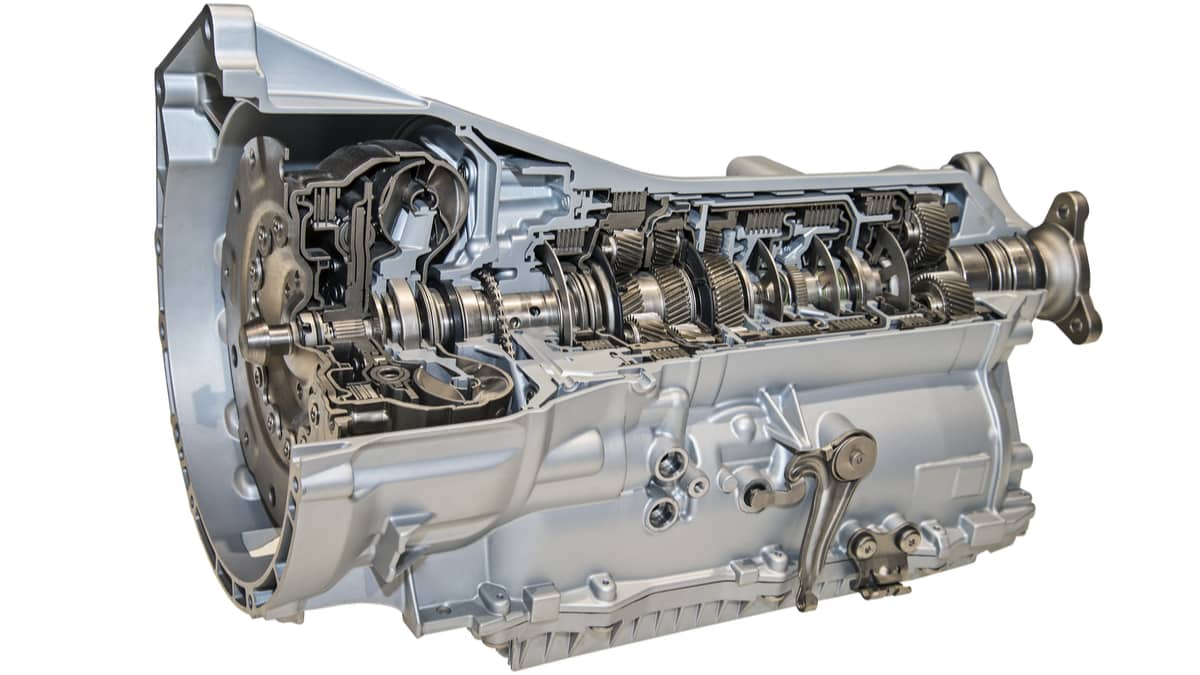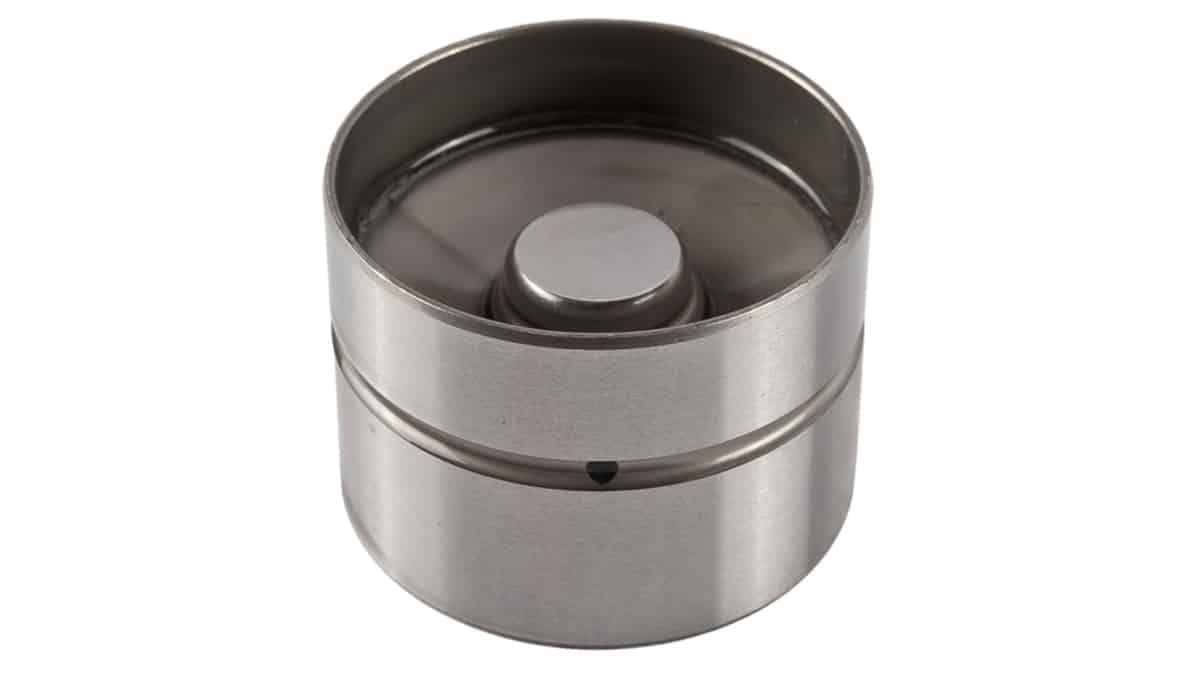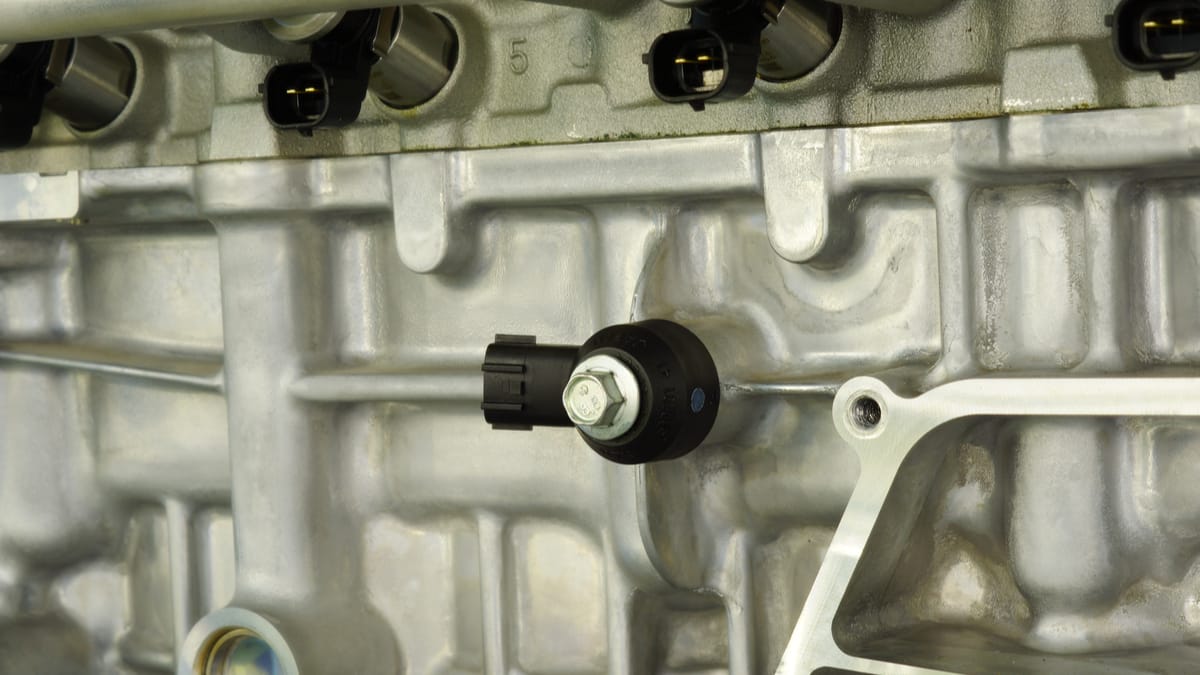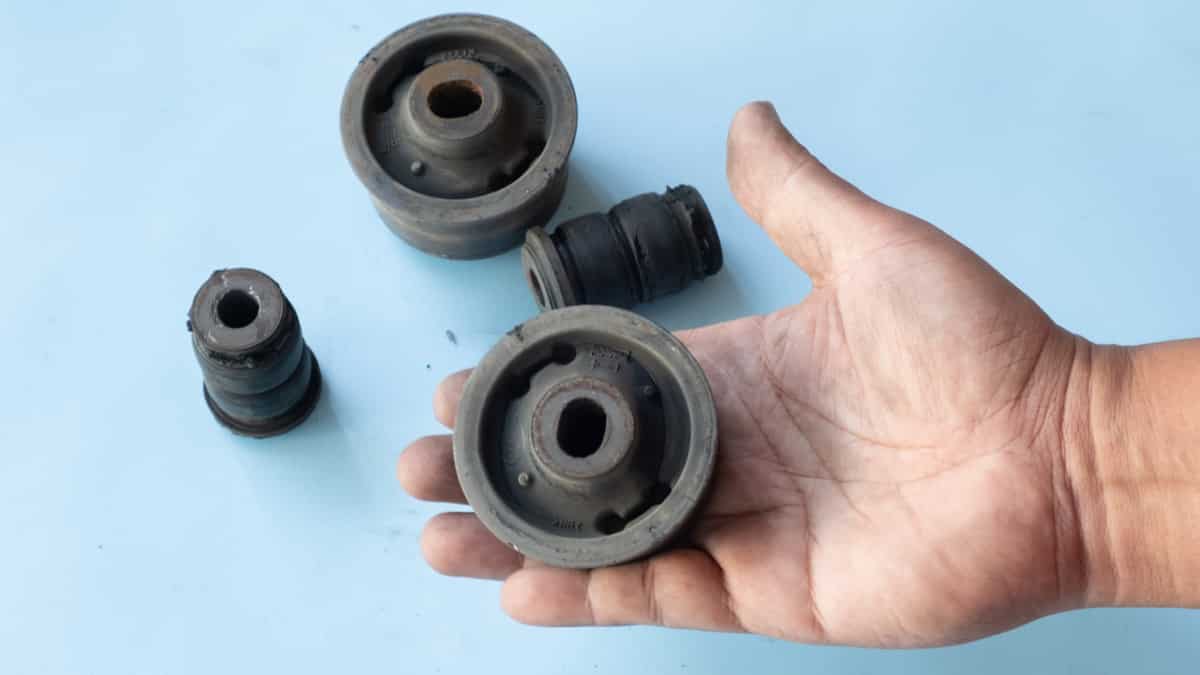Having a functional starter motor in great shape is really important, because what could be more irritating than a car that fails to start in the early morning when you are in a hurry to an important meeting?
Unfortunately, the starter motor lives a pretty tough life, so it’s not surprising that it fails from time to time.
But how do you know if it is about to fail so that you can replace it before it does? In this article, I will discuss the most common symptoms of a bad starter motor, plus its location and how to test it. Let’s begin with a quick look at the signs.
Symptoms Of A Bad Starter Motor
The most common symptoms of a bad starter motor are no activity at all or a whirring noise when you turn the key trying to start the engine. You may also notice a burnt smell or see smoke from the engine compartment.
These are the few ways that you can use to determine if your starter is bad or not. Here is a more detailed list of the signs of a bad or failing starter motor to look for:
1. No Activity at All
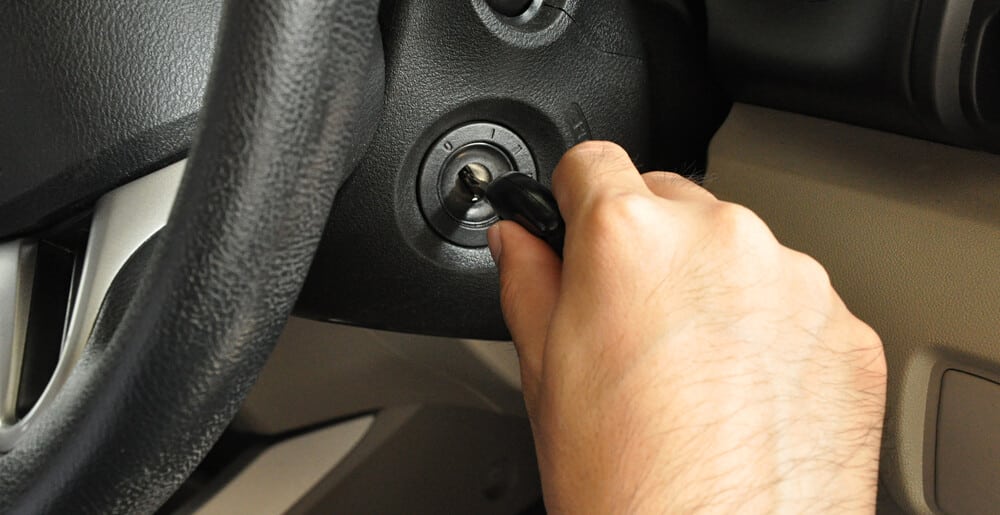
Ideally, the starter should immediately turn the engine when you turn the ignition key. If there is absolutely no activity in the engine after your ignition attempt, this probably means that the starter solenoid or starter motor has gone wrong.
Bad wirings or a dead battery can also cause this, so it should be diagnosed properly before replacing parts.
2. Whirring Noise
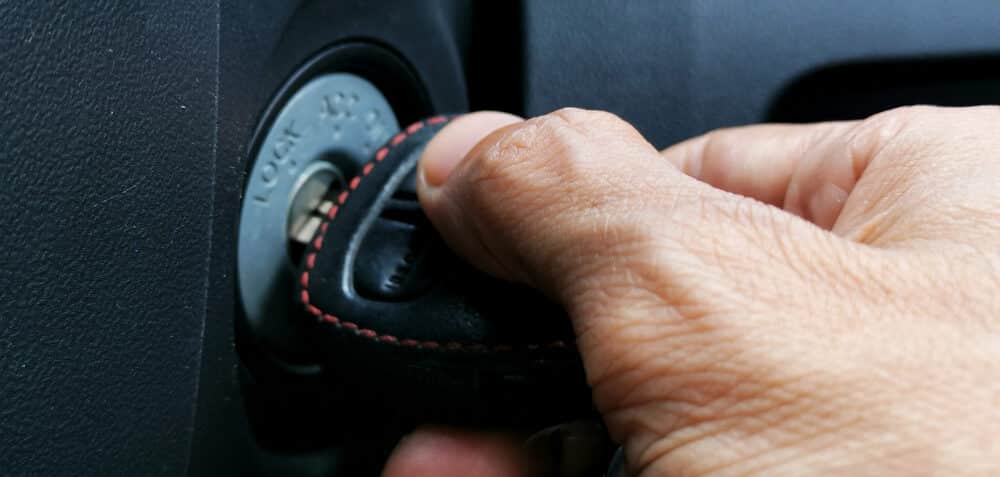
If you turn the ignition and hear a whirring noise, but nothing seems to happen with the engine itself, it may be caused by a faulty starter solenoid or a faulty pinion gear.
When you turn the ignition, it should send power to the starter motor and at the same time send a signal to the starter solenoid to engage. When the starter solenoid is receiving the signal, it engages a gear that is pushed out to engage to the flywheel to spin the engine.
If the starter solenoid fails to engage the gear or a problem with the flywheel gear, you may experience a whirring noise.
MORE INFORMATION: 5 Causes of a Car Engine That Cranks But Won’t Start
3. Grinding or Clattering Sound
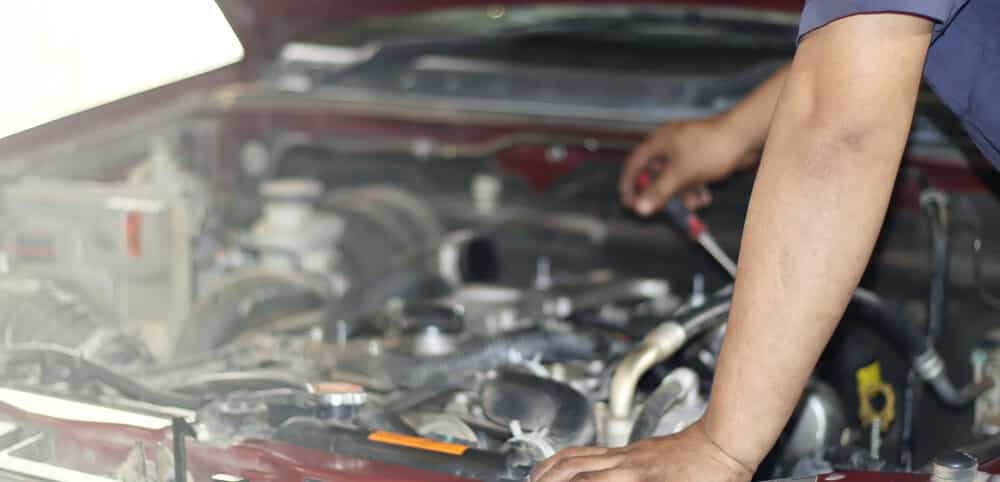
From the same principle as a whirring noise, you may also experience a grinding or clattering noise from the starter motor when you turn the ignition if it fails. If there is a strange noise from the starter – and nothing happens with the engine when you turn the ignition – that’s a sure sign that there’s something wrong inside your starter.
This can be due to broken internal parts, such as broken axles or bearings. To determine what part inside of the starter has gone bad, you need to disassemble the starter motor for a closer look.
4. Bad Smell When Cranking
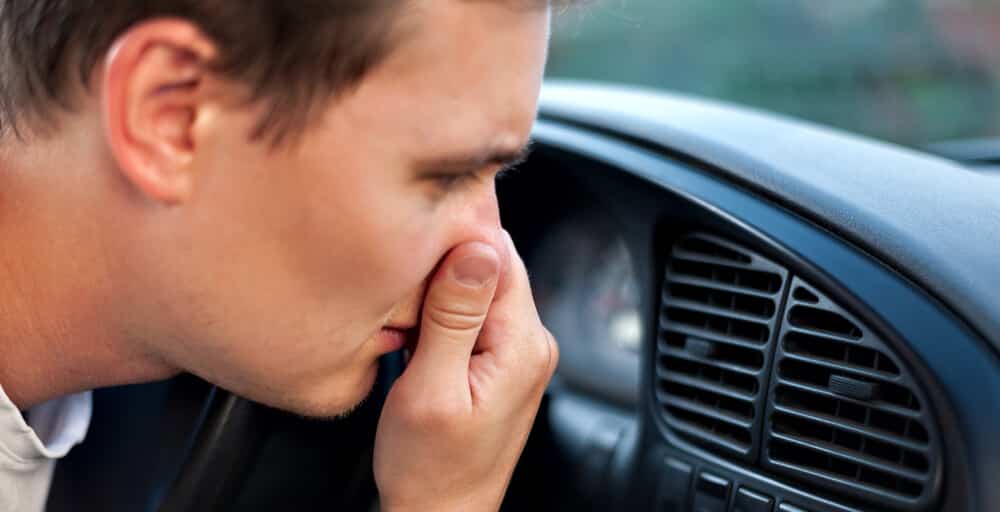
A starter motor is an electric motor that has a solenoid working as a “clutch.” If you have any previous experience with electric motors, you may know that they can start to smell bad if they are about to fail.
The same thing applies to the starter motor. If you sense a burnt smell at the same time as you are trying to crank the engine, there is a high chance that something inside of the starter motor is faulty.
It can also be caused by a bad connection in the power wires going to the starter, so check carefully where the smell is coming from.
5. Smoke Rising from The Starter
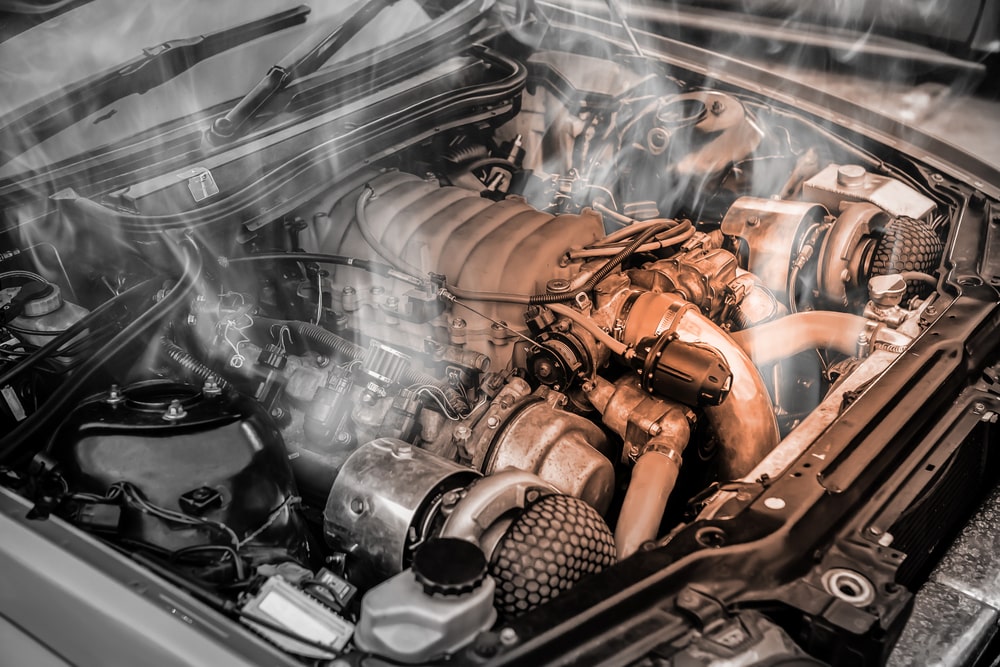
If you have a failing starter motor, a bad smell might not be the only thing you run into – you might see smoke coming from the starter, too.
Smoke can also come from a lot of different parts of your engine, but if the smoke is only coming when you crank the engine from a location near the starter, there is a huge risk that the smoke is coming from the starter.
Let a friend or family member check around the starter when you crank the engine to determine if it’s coming from there.
RELATED: Does Auto-Start/Stop Wear Out Engine Components?
Starter Motor Location
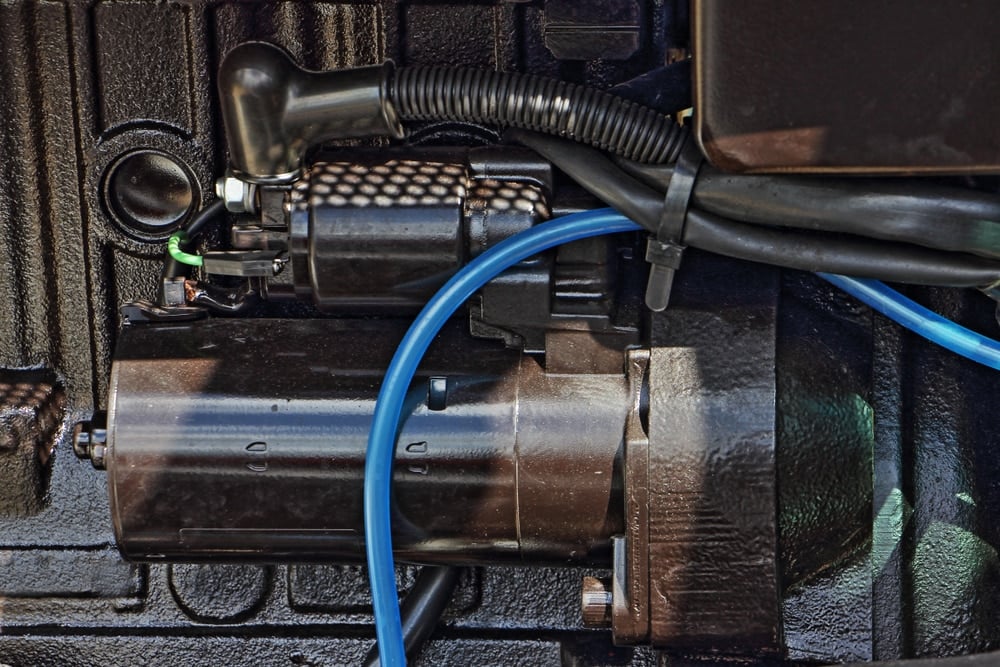
The starter motor is located on the back of the engine block near the flywheel, between the engine and the transmission.
It can be difficult to reach through, because it needs to be located on the engine’s rear.
You will most often find it bolted to the engine block, but it can in some cases, it can also be installed on the gearbox pointing towards the engine.
RELATED: How to Start a Car with a Bad Starter (7 Steps)
Testing the Starter
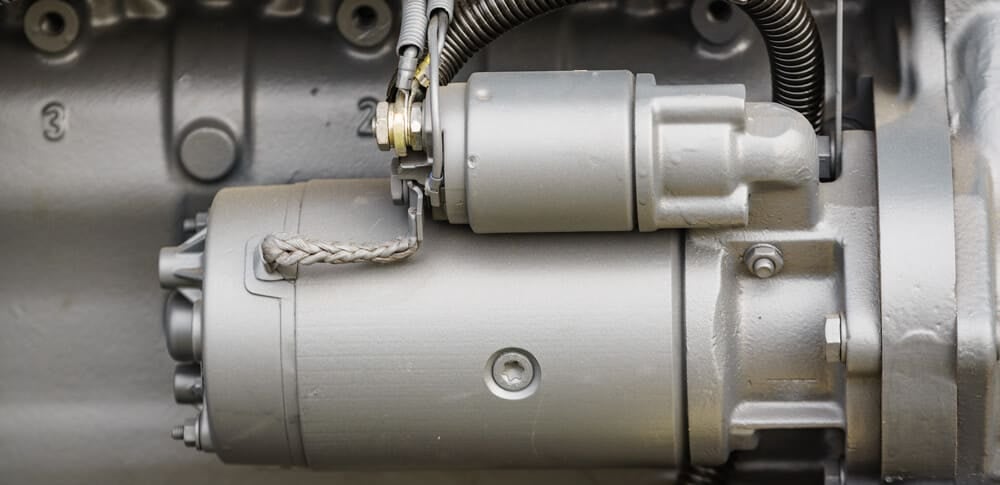
You can also test a starter to make sure it is functioning before installing it again, or to make sure it is faulty before you replace it.
Unfortunately, to test it properly, you need to remove it from the vehicle.
It is possible to test it after it has been installed on the car, but this is definitely not recommended, because when you test, it will turn the engine. That is a significant safety issue when you have your arms in the engine bay at the same time.
Starter Motor Replacement Cost
The average starter replacement cost is between $250 and $900, depending on the car model and labor costs. A replacement starter can cost you between $150 and $400, and the labor costs 100$ to 500$.
The starter’s cost also depends on the car model and the availability of the starter on the market.
Some starter motors are super-easy to replace, and the procedure can be completed within 10 minutes, while on other car models, it may take several hours.
To replace a starter yourself, you often need at least basic knowledge about cars. It is not a recommended job for beginners.
Can you jump start a car with a bad starter?
If the starter is bad, it will not help to jump-start the car. This is because the starter already has power to it, so that is not the problem. However, if your starter isn’t working because your car battery is dead, it will help.
How do you bypass a bad starter?
The easiest way to “bypass” a starter is to run a wire between the starter solenoid and the positive cable on the starter motor. This will cause the engine to turn if installed on the vehicle, so make sure the car is neutral and that you have no fingers near moving parts.
How can you tell if its the starter or battery?
The easiest way to determine if there is a problem with the starter or the car battery is to measure the battery’s voltage with a multimeter. Let a friend sit inside the car, cranking the engine while you measure the voltage on the battery. If you read around 11-13 volts, your car battery is fine.
What causes a starter to fail?
The most common a starter might fail is just normal wear and tear. The starter is often installed towards the clutch system, which will cause dust and debris to get inside of it. The starter also has to make thousands of starts in its lifetime, so of course it is going to fail eventually.
Tags: Starting Issues
Categories: Engine
